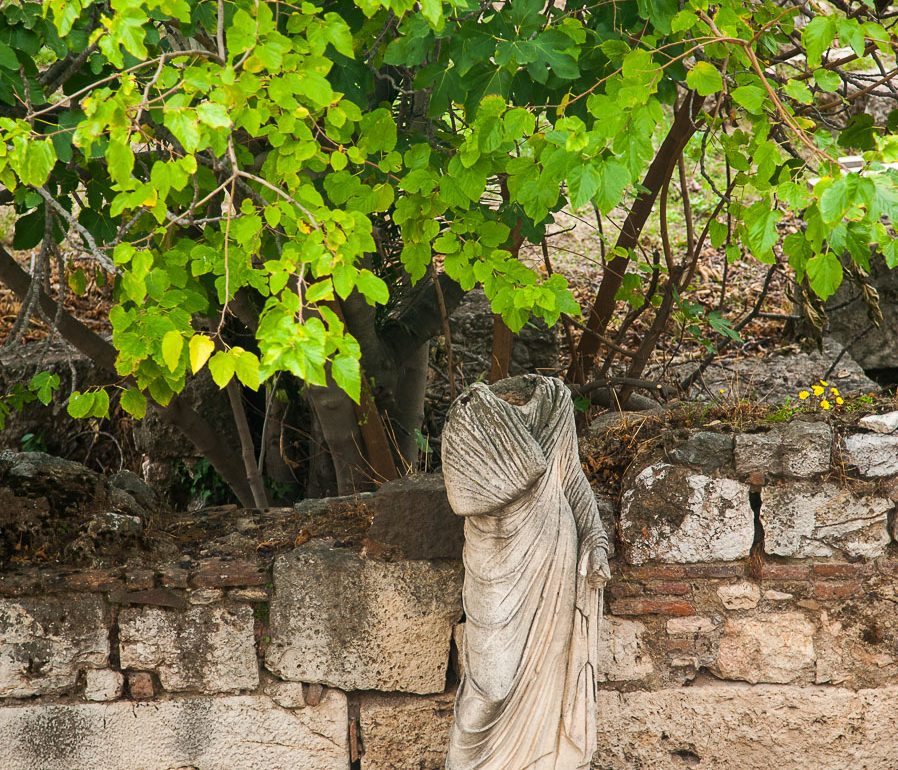
Temple of Hephaestus
Μuseums are places where memories and history meet each other in the context of an emotional experience. When you feel something you have the motive to learn too. Usually the narratives that help us think by using emotions and recalls are the ones that thrill us. Therefore every visit in a museum and archaeological site is personal and unique.
Memory in museums serves a double role. It contributes to the construction of museum’s exhibitions and its historical narratives, which consequently gives rise to visitor’s memory. From this option memory in a museum exists as an exhibit and alongside as personal and collective process of the visitors.
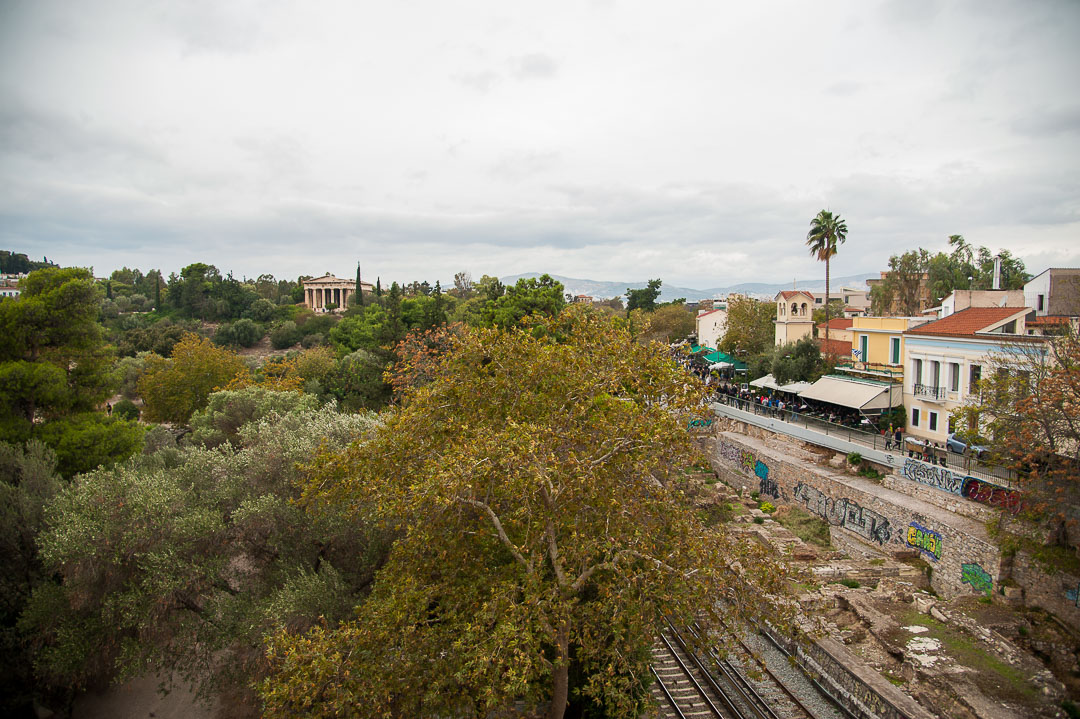
Once again the modern city abutting the old one
Relevant researches argue (Radley 1991) that what most people recall from the experiences of visiting museums are not specific knowledge but the social dimension of the visit. The ability to discuss with others, the strolling within the spaces that aroused their vision, the size of the space, the liveliness of some objects and the possibility or the difficulty of processing them.
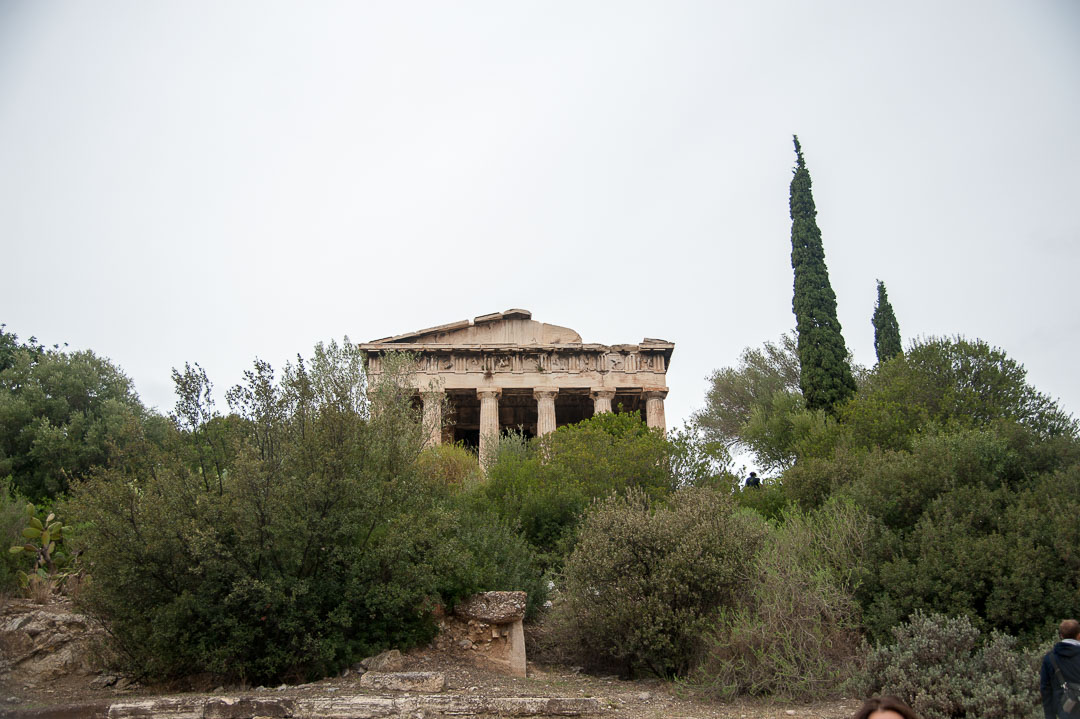
The temple of Hephaestus
Another interesting museum strolling, is the ancient Agora of Athens and the prominent temple of Hephaestus both with the Stoa of Attalos. The Temple of Hephaestus was dedicated to the worship of Hephaestus and Athena. It is also mistakenly known as Thissio. Because of the representations with the feats of the famous hero Theseus who adorned the metopes of the temple. But the research showed that the temple was dedicated to Hephaestus, the god of metallurgy and technology, and his sister Athena, a mentor of the arts and craftsmanship (which, due to her status, is called “Ergani”).
Indeed, honored them on the hill that dominated the commercial center of the city, was the most suitable location to worship the god-protectors of the artists, craftsmen and other creators who had their workshops installed on the western and southern edges of Agoraios Kolonos (in Greek means: the hill next to the Agora).

Looking through your heart
In the 7th century AD, the temple was conversed into a church dedicated to St. George Akamas, and thus stayed in use until the liberation of Greece from the Turkish occupation. During the 18th century, many eminent Protestants, who died in Athens, were interred in the edifice, while in 1834 it hosted the ceremony of the first reception of king Otto.
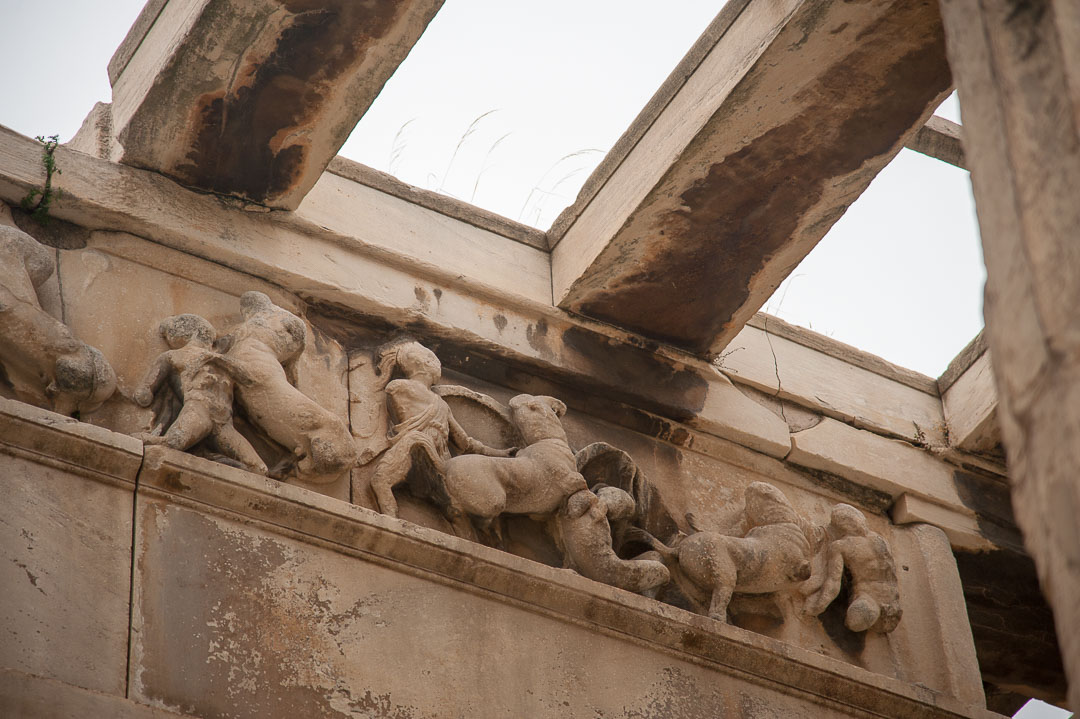
I found some land into your body to bloom…
Hence the temple was used as an archaeological museum, until 1930, when the American School for Classical Studies in Athens started excavations in the Ancient Agora.
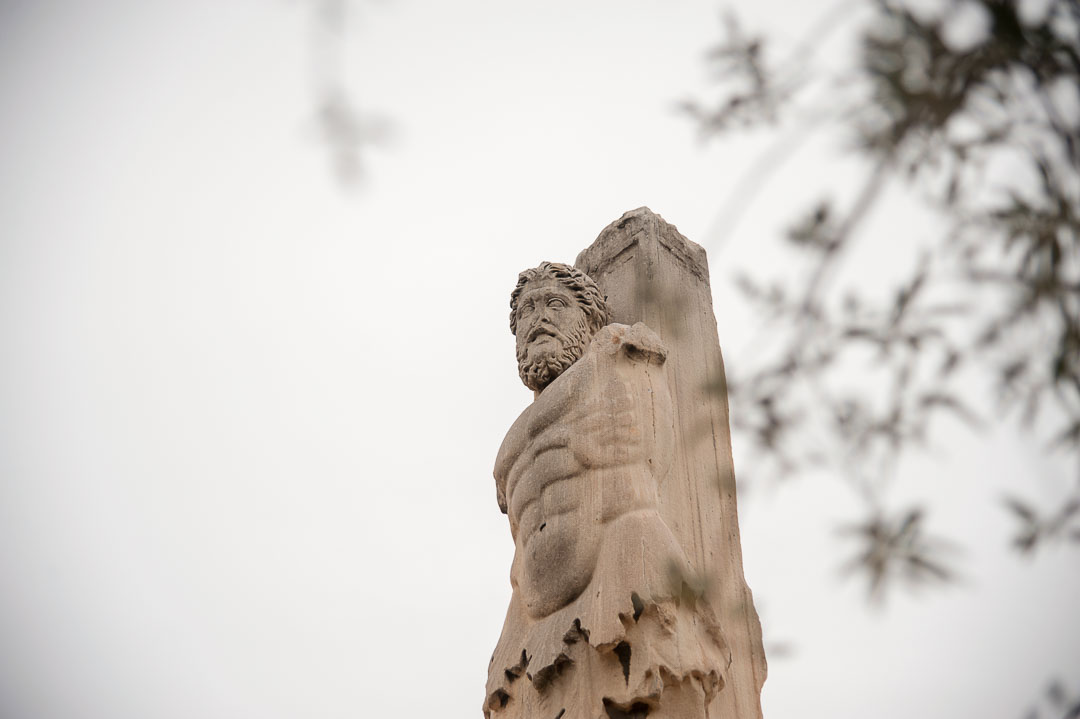
I conquer the lethe
Stoa of Attalos
The Museum of the Ancient Agora is housed in the reconstructed Stoa of Attalos, originally erected during the 2nd century BC as a gift of the king of Pergamon, Attalos II, to Athens.
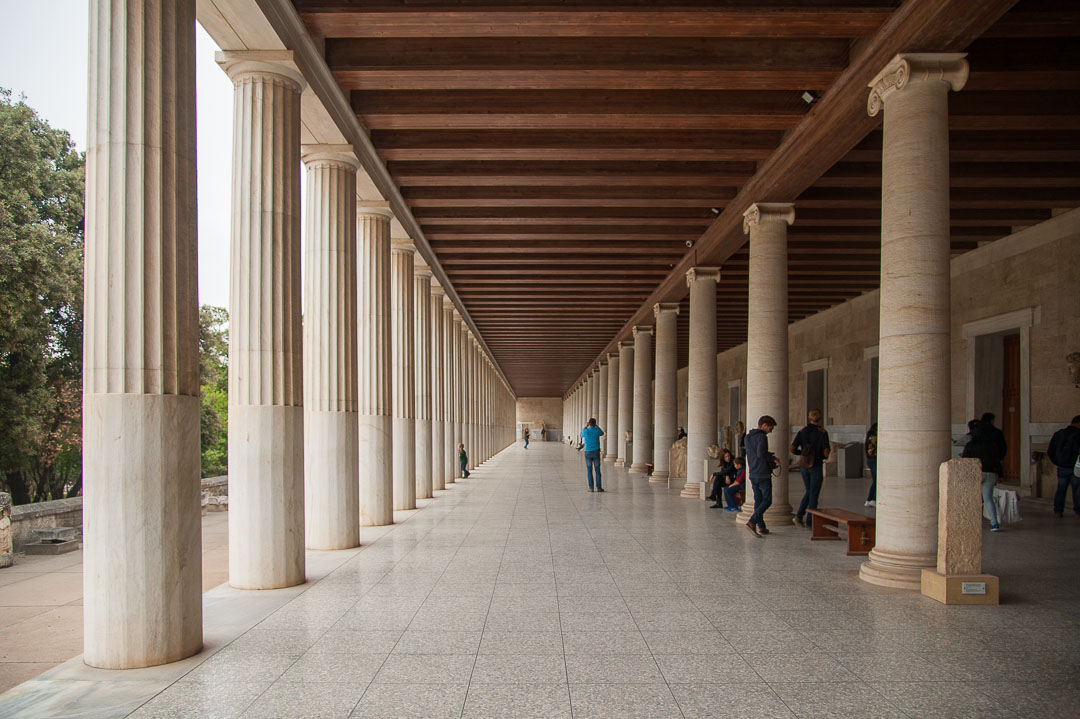
The exhibition in the Museum gallery holds archaeological finds coming from the systematic excavations of the American School of Classical Studies in the area and dated from the Neolithic to the Post-byzantine and Ottoman periods.
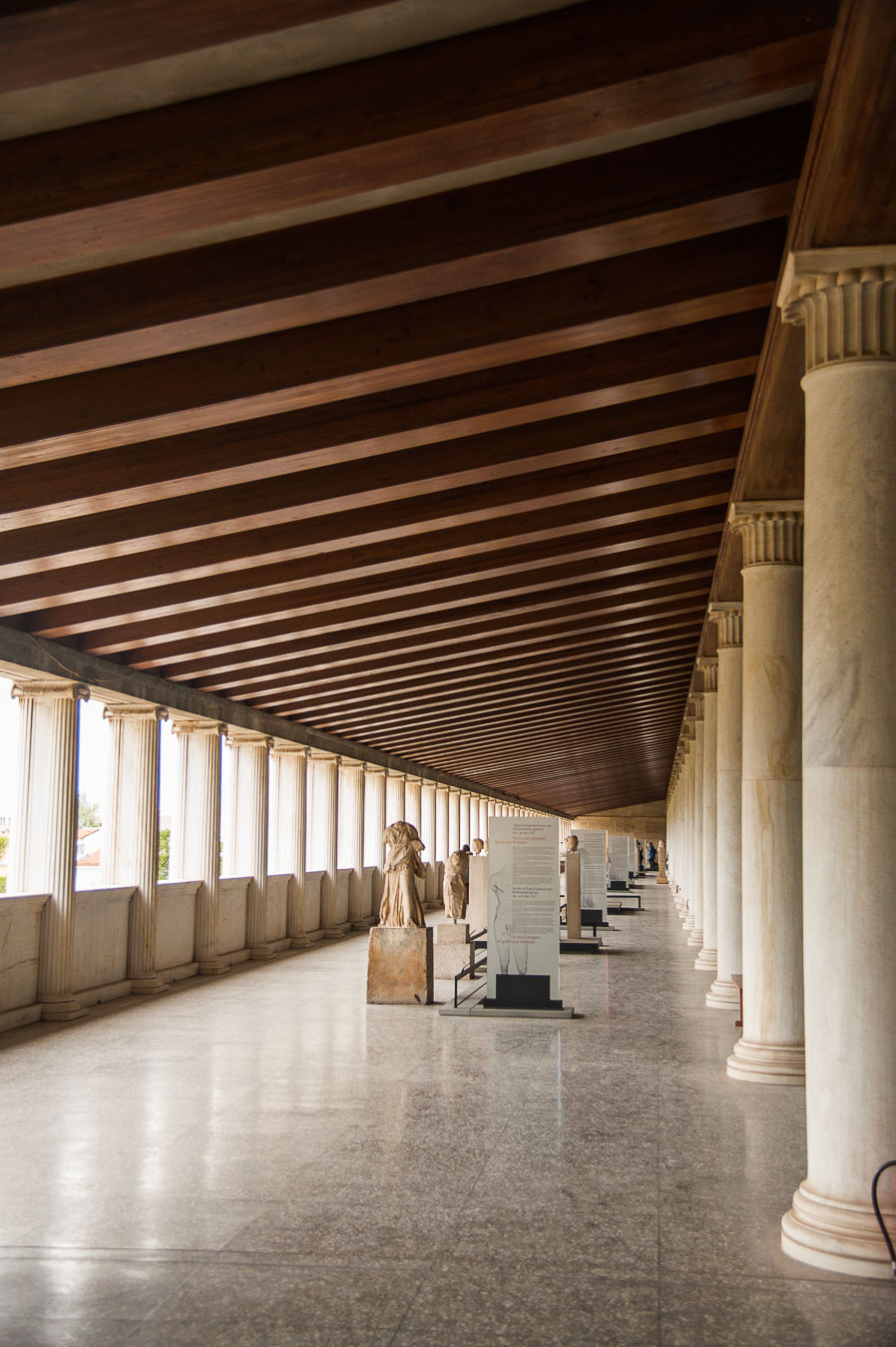
Additionally, museum’s exhibition is organized in chronological and thematic units, which reveal aspects of the public and private life in ancient Athens.
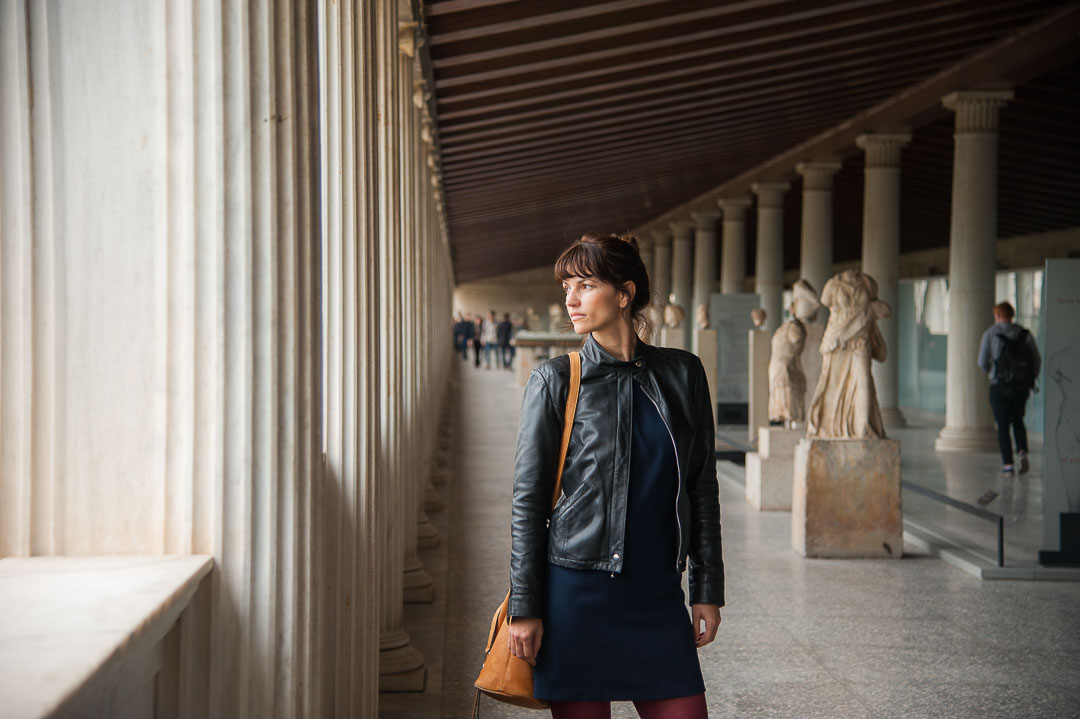
Memory… lost feelings and actions in the past. I am my memories
Τime is a transition in which the past is being lost. The writing of history, as a specific act, the recording of memory in written text, the ruins, monuments and materials, cultural traces of the past are being fighting against lethe.
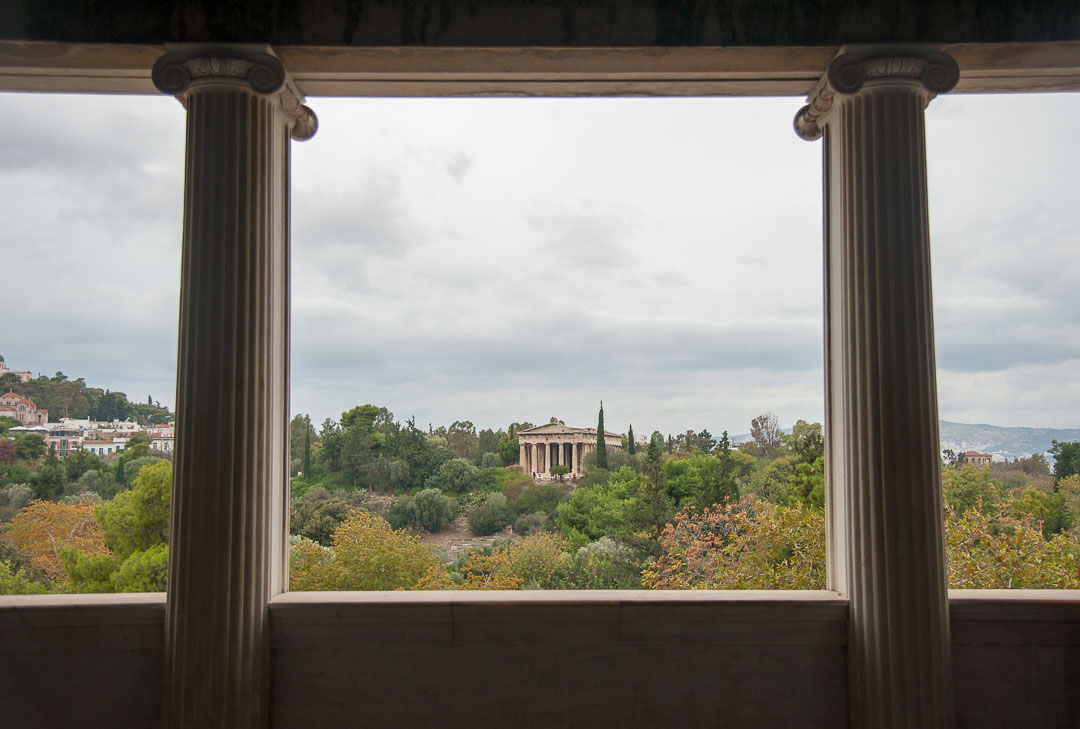
I recall… I recall to remember feelings, facts, faces, to fight against lethe
Τhe notion of recording the memory as a compensation for the loss is more dramatically expressed in the testimony, which contains both the memory and the recording. The testimony arises as a resistance to death and extinction…
Window with a view… to the past, to the future, to the present
Undoubtedly, it is not just the knowledge, the information you gain from such a visiting. More importantly is about the feelings, the living experience that you take with you.
Getting down in your deeper inner thoughts…
An experience predestined to become memory, recall, past…
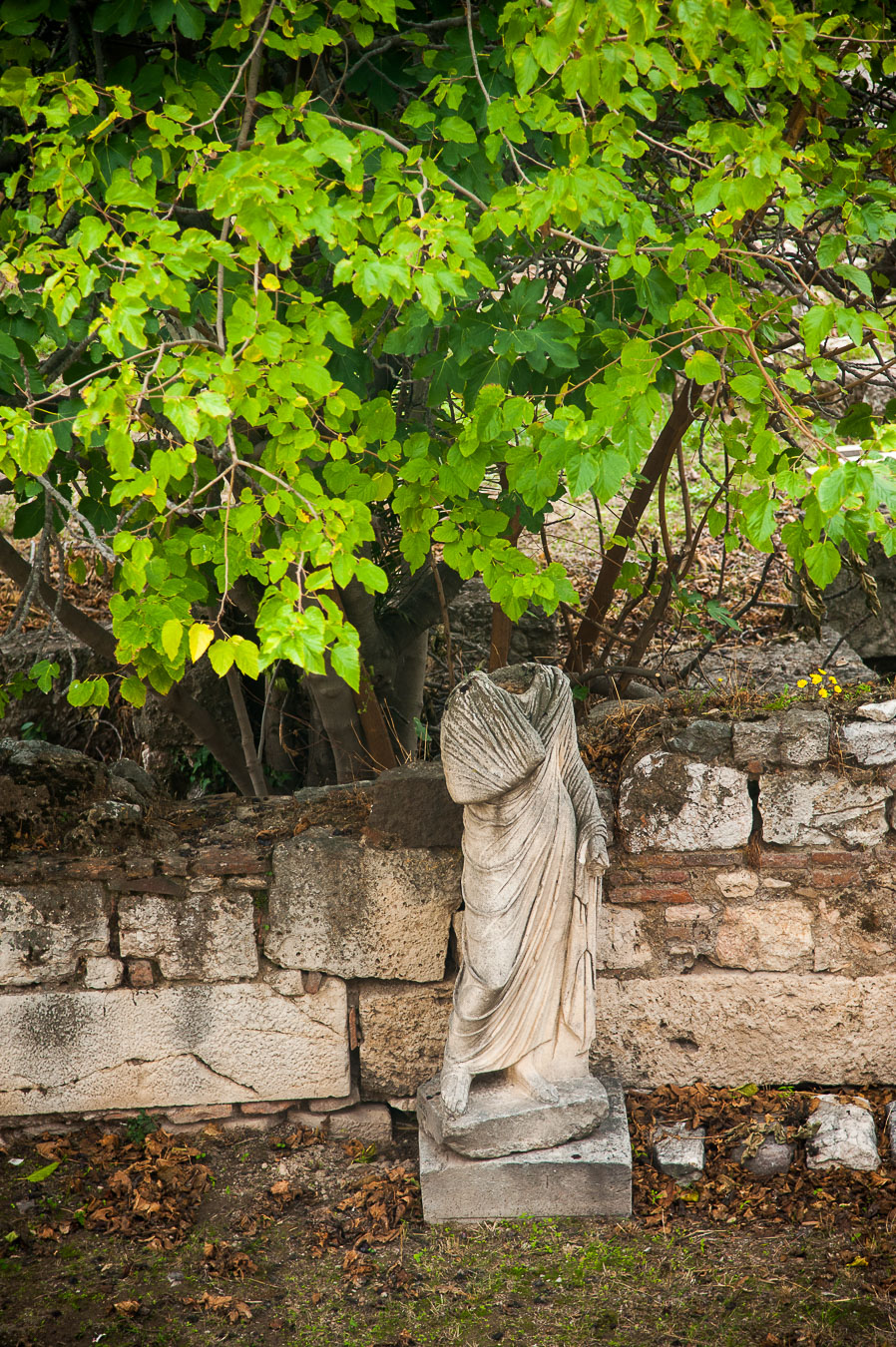
Under your shade I sat to rest…
After all, aren’t we our memories?
Archaeological site: Temple of Hephaestus, Stoa of Attalos
Bibliography: Radley, A. (1991). Bored, fascination and mortality: reflection upon the experience of museum visiting, Kavanagh (ed.), Museum languages: Objects and texts. Leicecter University Press, Leicecter (63-82)
Thoughts: Latrakia
Photo credits: Dimitris Tsiapas


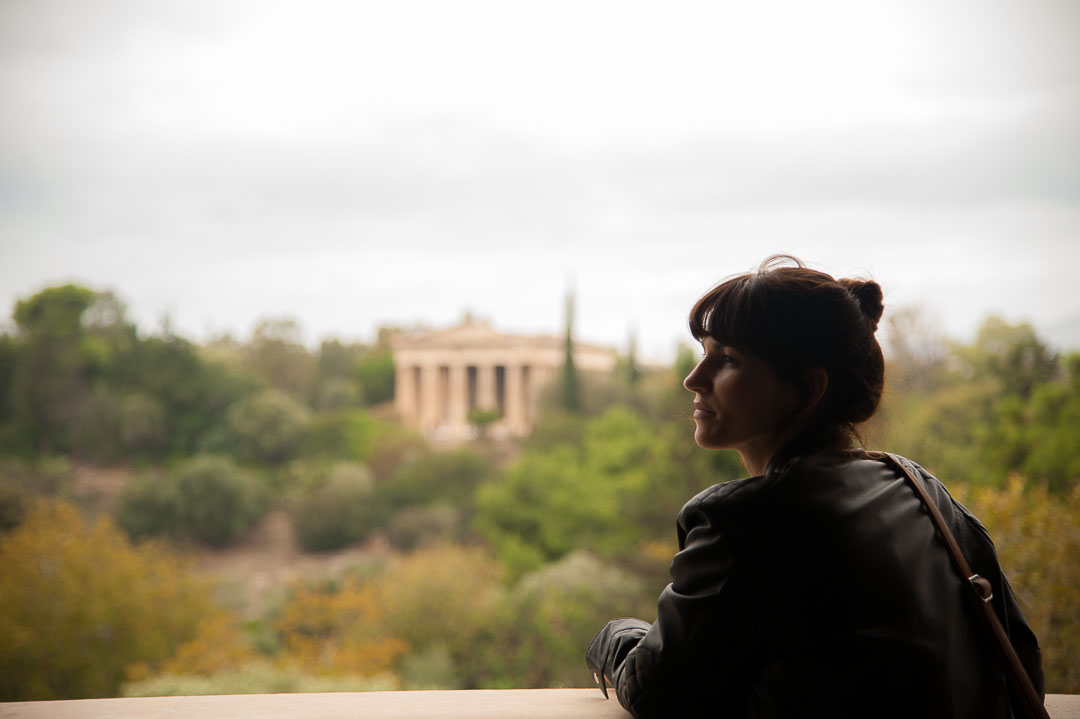


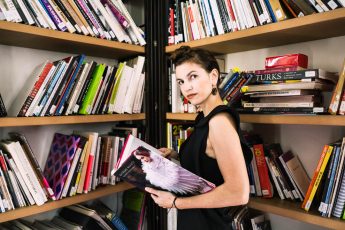
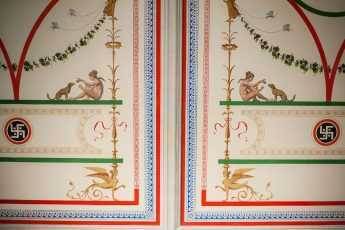

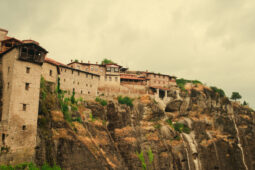
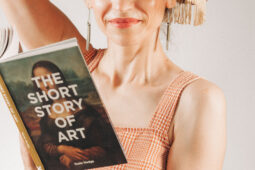


This stroll in the past just makes you wonder…